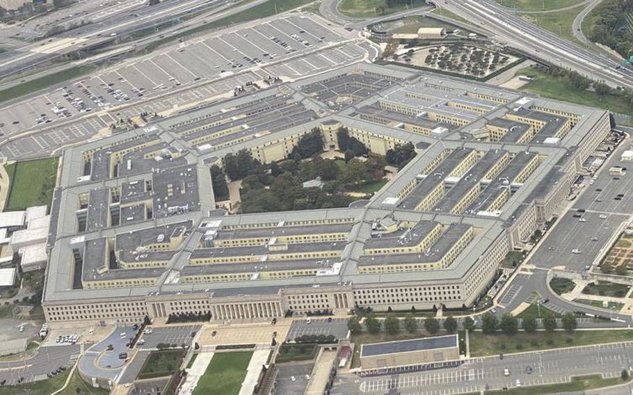
Pentagon’s $961B Budget Focuses on Missiles, Drones, and Golden Dome
Pentagon’s $961B budget boosts drones and missiles, trims F-35 orders, and funds Trump’s Golden Dome missile defense.
Pentagon Details Largest-Ever Defense Budget
The Pentagon unveiled a sweeping $961 billion budget request on Thursday, signaling a shift in U.S. defense strategy by prioritizing next-generation missiles, drones, and missile defense over traditional fighter jets. The budget proposal combines $848.3 billion in discretionary defense spending with an additional $113 billion tied to the “One Big Beautiful Bill”—the signature reconciliation legislation the Trump administration is urging Congress to approve by July 4.
Central to the budget is $25 billion earmarked for Golden Dome, President Donald Trump’s flagship homeland missile defense program. The defense budget also makes a significant bet on next-generation aircraft, specifically the Air Force’s sixth-generation F-47 fighter, which receives $3.4 billion in funding. In contrast, the number of new F-35 fighter jets requested drops from 74 to just 47 as the Pentagon reallocates resources toward emerging technologies and future threats.
Officials say the Navy’s next-gen fighter project, F/A-XX, remains in question, pending further discussions among top defense and administration leaders. For now, the program moves ahead with minimal design funding as the Pentagon considers whether other service branches could adapt the F-47 platform instead of launching entirely new initiatives. "Pretty much everything is under consideration to get the tactical air capability our war fighters need as quickly as possible," one defense official stated.
Modernizing Forces, Cutting Costs
The budget also funds three new Navy ships through the discretionary request, with 16 more proposed via reconciliation, reflecting a major investment in naval modernization. The Army, Navy, and Air Force budgets respectively request $197.4 billion, $292.2 billion, and $301.1 billion, with $170.9 billion designated for defense-wide priorities. Notably, the Air Force budget allocates $40 billion for Space Force—a 30% jump from the previous year—demonstrating growing emphasis on space and emerging domains of warfare.
Beyond high-profile programs, the proposal supports increased investment in munitions and weapons systems designed for long-range and Pacific operations, such as the Joint Air to Surface Standoff Missile – Extended Range and Long Range Anti-Ship missile. However, the request seeks fewer Precision Strike Missiles as priorities shift.
The Pentagon’s plan notably expands spending on small, low-cost drones, technologies proven effective in recent global conflicts, including the war between Russia and Ukraine. Costly and delayed legacy projects are scaled back: for instance, procurement of the E-7 radar plane is cut after cost overruns and survivability concerns pushed per-unit expenses to $724 million.
Troop Pay, Civilian Cuts, and Budget Structure
The proposed budget includes a 3.8% pay raise for military personnel but also calls for reducing the civilian workforce by over 7,200 positions. The two-pronged budget—presented as “one budget, two bills”—forms the core of a $1 trillion national defense strategy when combined with related national security spending at the Department of Energy.
With Congress frequently relying on stopgap funding bills and omnibus packages in recent years, administration officials are pressing lawmakers to adopt the new strategy by the October 1 fiscal deadline. The outcome will set the course for America’s defense priorities, with a clear focus on emerging threats, technology innovation, and strategic modernization in the years ahead.






